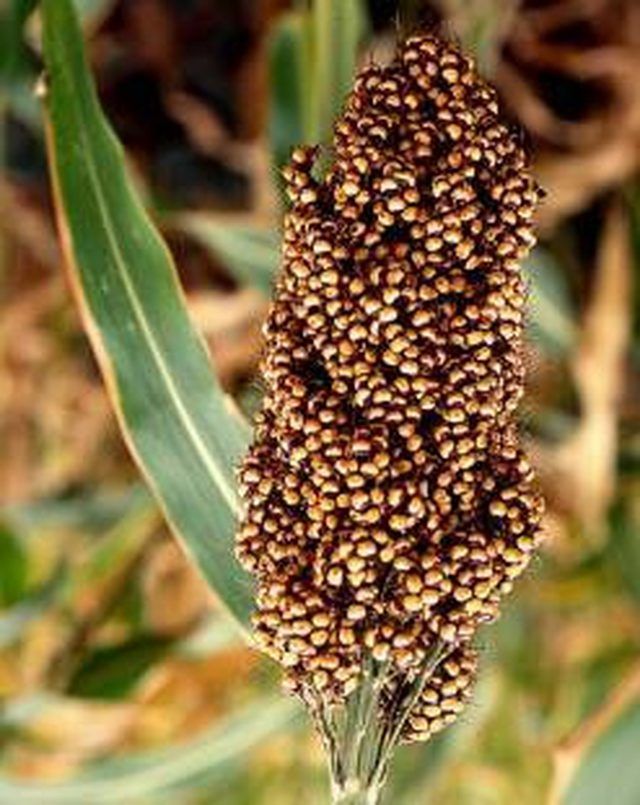Bulbs
Flower Basics
Flower Beds & Specialty Gardens
Flower Garden
Garden Furniture
Garden Gnomes
Garden Seeds
Garden Sheds
Garden Statues
Garden Tools & Supplies
Gardening Basics
Green & Organic
Groundcovers & Vines
Growing Annuals
Growing Basil
Growing Beans
Growing Berries
Growing Blueberries
Growing Cactus
Growing Corn
Growing Cotton
Growing Edibles
Growing Flowers
Growing Garlic
Growing Grapes
Growing Grass
Growing Herbs
Growing Jasmine
Growing Mint
Growing Mushrooms
Orchids
Growing Peanuts
Growing Perennials
Growing Plants
Growing Rosemary
Growing Roses
Growing Strawberries
Growing Sunflowers
Growing Thyme
Growing Tomatoes
Growing Tulips
Growing Vegetables
Herb Basics
Herb Garden
Indoor Growing
Landscaping Basics
Landscaping Patios
Landscaping Plants
Landscaping Shrubs
Landscaping Trees
Landscaping Walks & Pathways
Lawn Basics
Lawn Maintenance
Lawn Mowers
Lawn Ornaments
Lawn Planting
Lawn Tools
Outdoor Growing
Overall Landscape Planning
Pests, Weeds & Problems
Plant Basics
Rock Garden
Rose Garden
Shrubs
Soil
Specialty Gardens
Trees
Vegetable Garden
Yard Maintenance
What Is Sorghum?
What Is Sorghum?. The grass that's typically grown in your yard is not the only type of grass around. One of the many types is called sorghum, which resembles more of a grain than grass in the form of sod. It is used as feeder for animals and for other purposes.

The grass that's typically grown in your yard is not the only type of grass around. One of the many types is called sorghum, which resembles more of a grain than grass in the form of sod. It is used as feeder for animals and for other purposes.
Identification
Sorghum grows in large fields. It consists of tall stalks with grains on the end that look like corn husks or the husks of more popular grain, such as wheat. Growing around these stalks are long, leafy grass blades that are a bright green in color. These plants grow in tight groups and are generally planted en masse in grazing fields.
Function
Sorghum is used in a few different ways. Most popularly, it is used as feeder for grazing animals such as cows or sheep. Some areas of the world, such as in Africa and South America, grow sorghum as a food product as well. Sorghum is among the most harvested cereal product in the world. It is less often used as a source of biofuel, because the juice extracted from it can be fermented into ethanol.
Warning
Certain varieties of sorghum can actually be harmful to animals when they are in the early stages of development. These varieties contain nitrates and hydrogen cyanide when they are in their infancy. They can also produce them when they are fully grown if they are in a stressful situation. High levels of cyanide can also be dangerous to humans who may ingest the plant in large amounts.
Geography
Sorghum is typically grown in tropical or subtropical climates in every continent that has them. The two largest producers of the grass are the United States, which grows mostly in the Northeast, and Africa, particularly in western, arid regions. Mexico, India and southeastern Australia are also major producers of different types of sorghum.
Potential
As the world is looking toward biofuel more and more as a replacement for gasoline, more research is going into sorghum. In particular, Texas A&M University has conducted research into how well sorghum would fare as a fuel source for conversion into ethanol. It is entirely possible that more and more sorghum will be grown and processed as biofuel by people looking for cleaner-burning fuel alternatives.